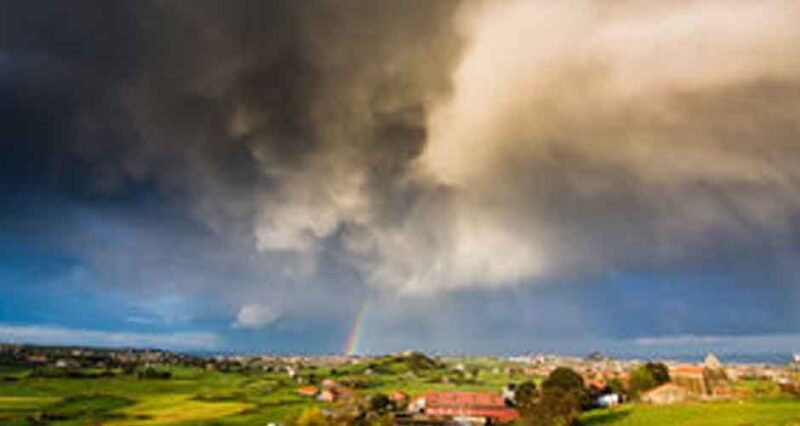
Introduction
“Storm Ending” is a captivating poem written by Jean Toomer, an influential African American poet and novelist associated with the Harlem Renaissance and modernism. Within the poem, Toomer paints a vivid picture of a storm, evoking a sense of awe and power. In this article, we will explore the essence of “Storm Ending,” diving into the imagery and symbolism used by the poet to convey the raw beauty and intensity of nature’s might.
Jean Toomer: An Iconic Figure in African American Literature
The Harlem Renaissance and Modernism
Jean Toomer, born in 1894 and passing away in 1967, played a significant role in shaping African American literature. He was a poet, novelist, and key figure in both the Harlem Renaissance and the modernist movement. Toomer’s notable work, “Cane,” offers a poignant exploration of the African American experience in the United States. It is within this collection that we find the poem “Storm Ending.”
Unveiling the Power of the Storm
Awe-Inspiring Imagery
In “Storm Ending,” Toomer uses vivid and imaginative language to describe the storm unfolding above. The poet employs captivating metaphors and similes to draw the reader into the scene. The thunder is likened to gorgeously blossoming flowers, resonating like great, hollow, bell-like blooms. The image of the thunderclaps as clappers striking the ears adds to the sensory experience of the storm.
The Majesty of Nature’s Symphony
An Ode to the Elements
Toomer continues to depict the storm’s impact on the environment through his use of metaphoric language. He describes the raindrops as bleeding, as if the lips of the flowers have been bitten by the sun. The rain, resembling golden honey, drips from the sky, nourishing the earth below. The imagery created in these lines showcases the interconnectedness of the elements and the beauty that emerges from their harmonious dance.
Symbolism in “Storm Ending”
Nature’s Expression of Freedom
Beyond the literal depiction of a storm, “Storm Ending” holds deeper symbolic meaning. The storm serves as a representation of freedom and release. The thunder, rain, and wind act as forces that cleanse and renew. They carry away the weight of the world and allow for a sense of liberation. Toomer’s imagery captures the transformative power of nature and its ability to wash away the past, leaving behind a fresh and renewed world.
Conclusion
Jean Toomer’s “Storm Ending” is a masterpiece of poetic expression, encapsulating the awe-inspiring power of nature. Through vivid imagery and symbolic depth, the poem invites readers to witness the storm’s majestic display and contemplate the profound connection between humanity and the natural world. As the thunder echoes, the rain falls, and the wind roars, we are reminded of the raw beauty and untamed force that lies within nature’s grasp. “Storm Ending” serves as a testament to the enduring power of poetry to capture the essence of the world around us and inspire contemplation of our place within it.

